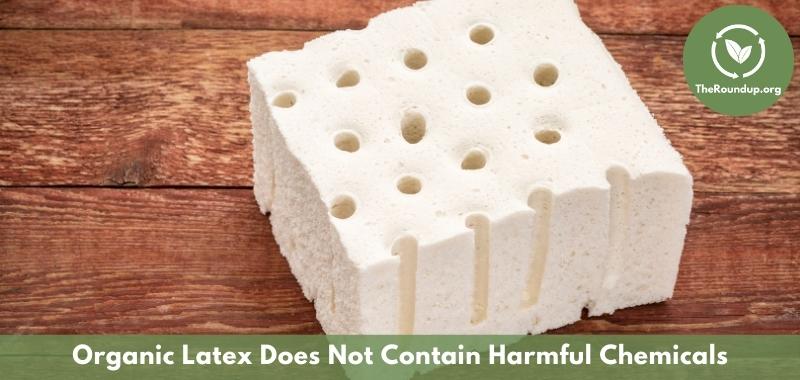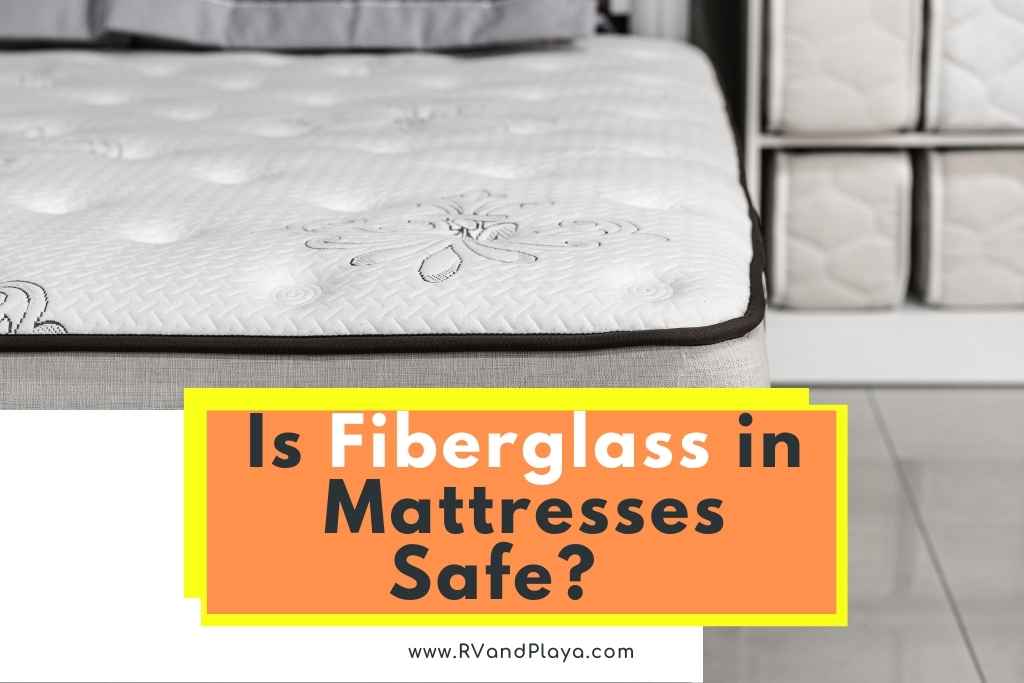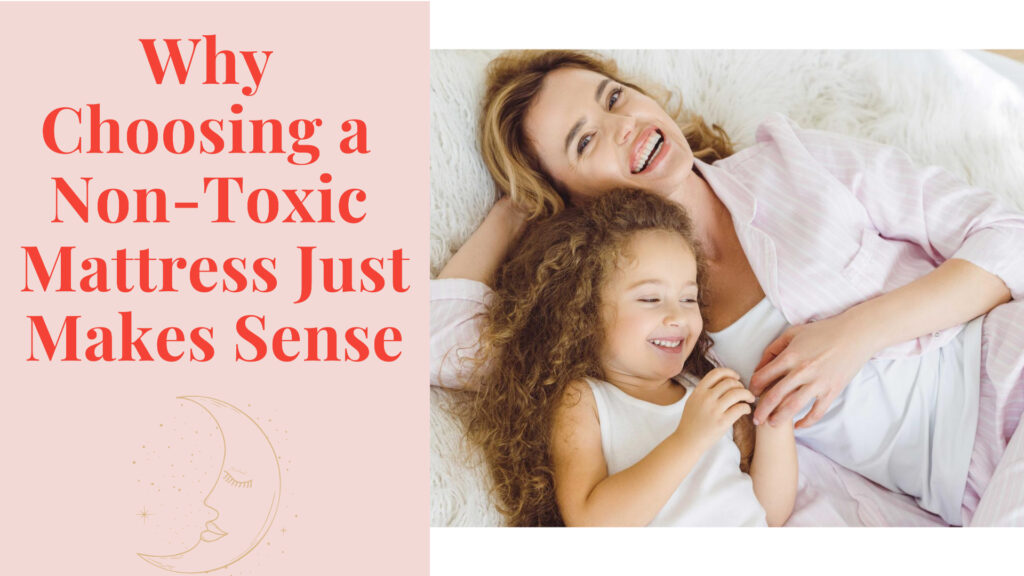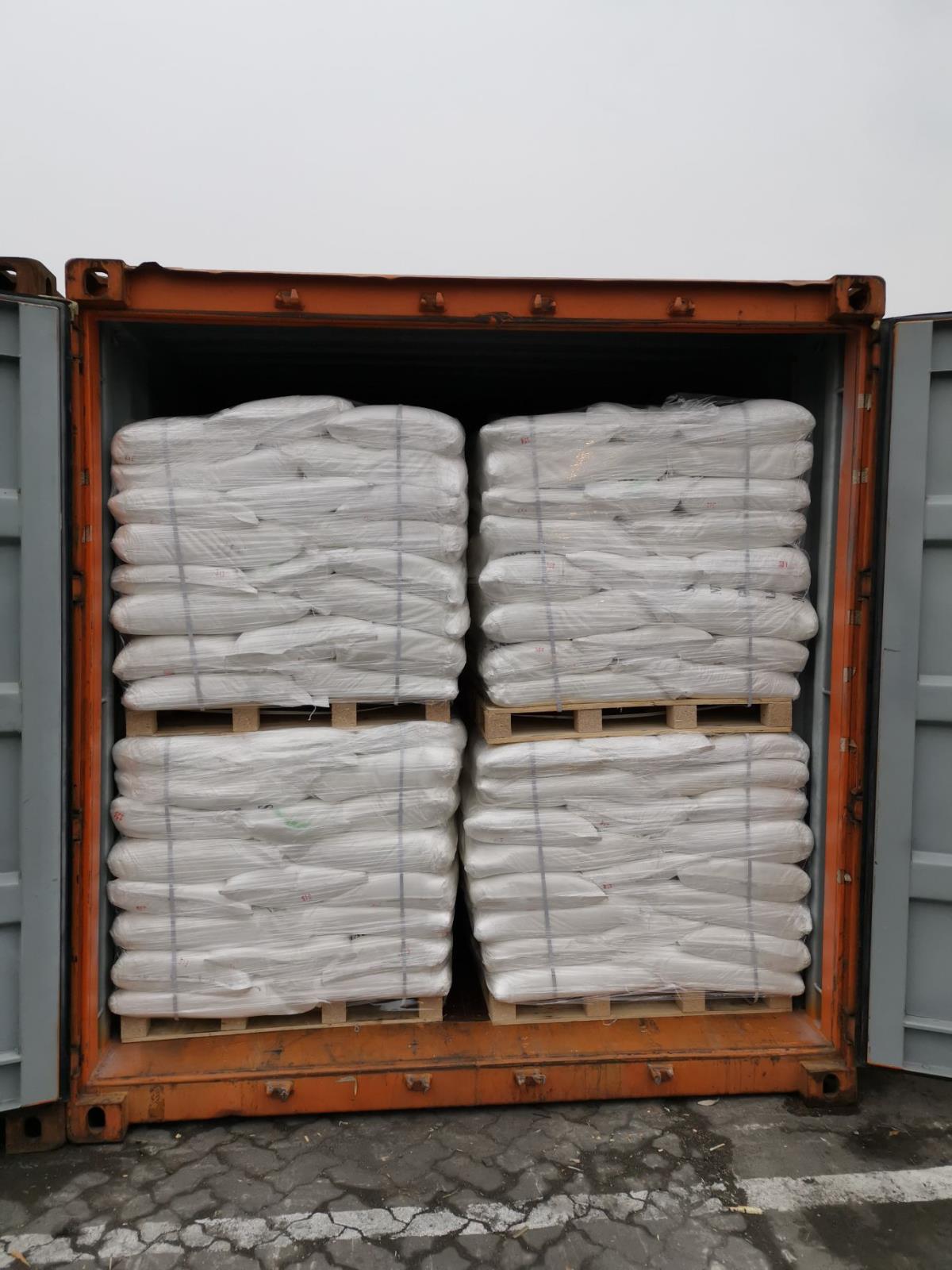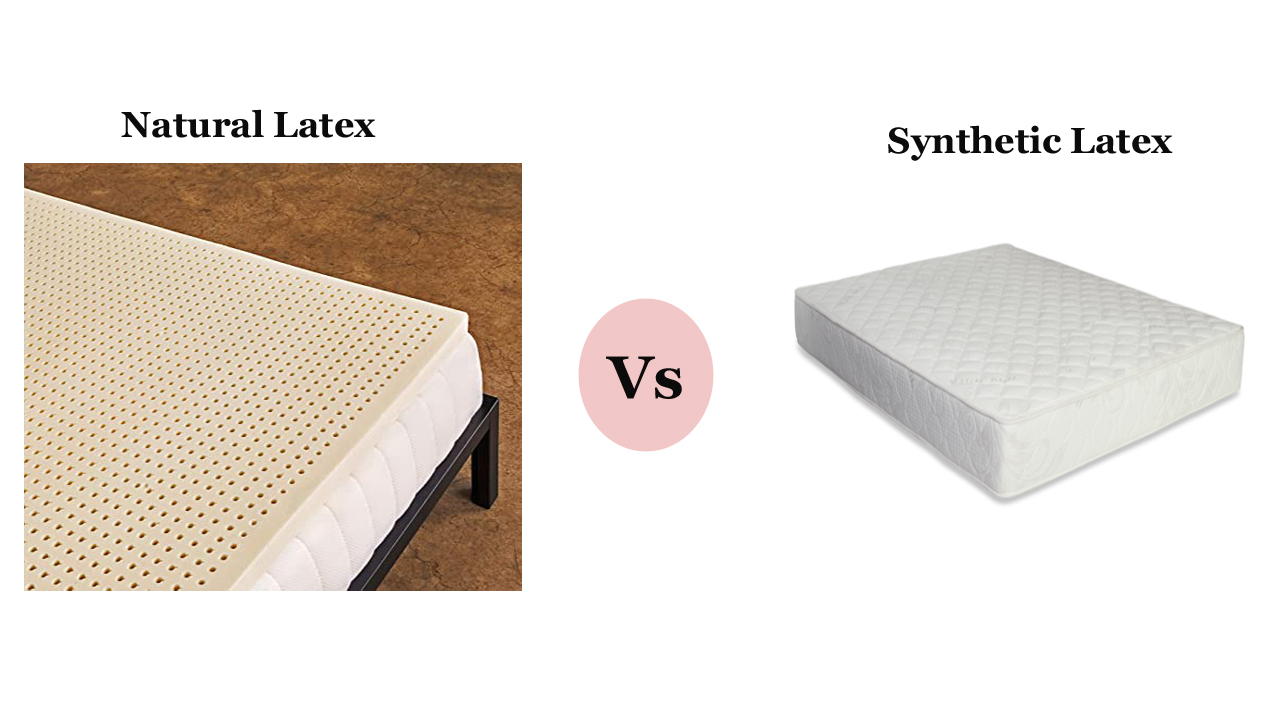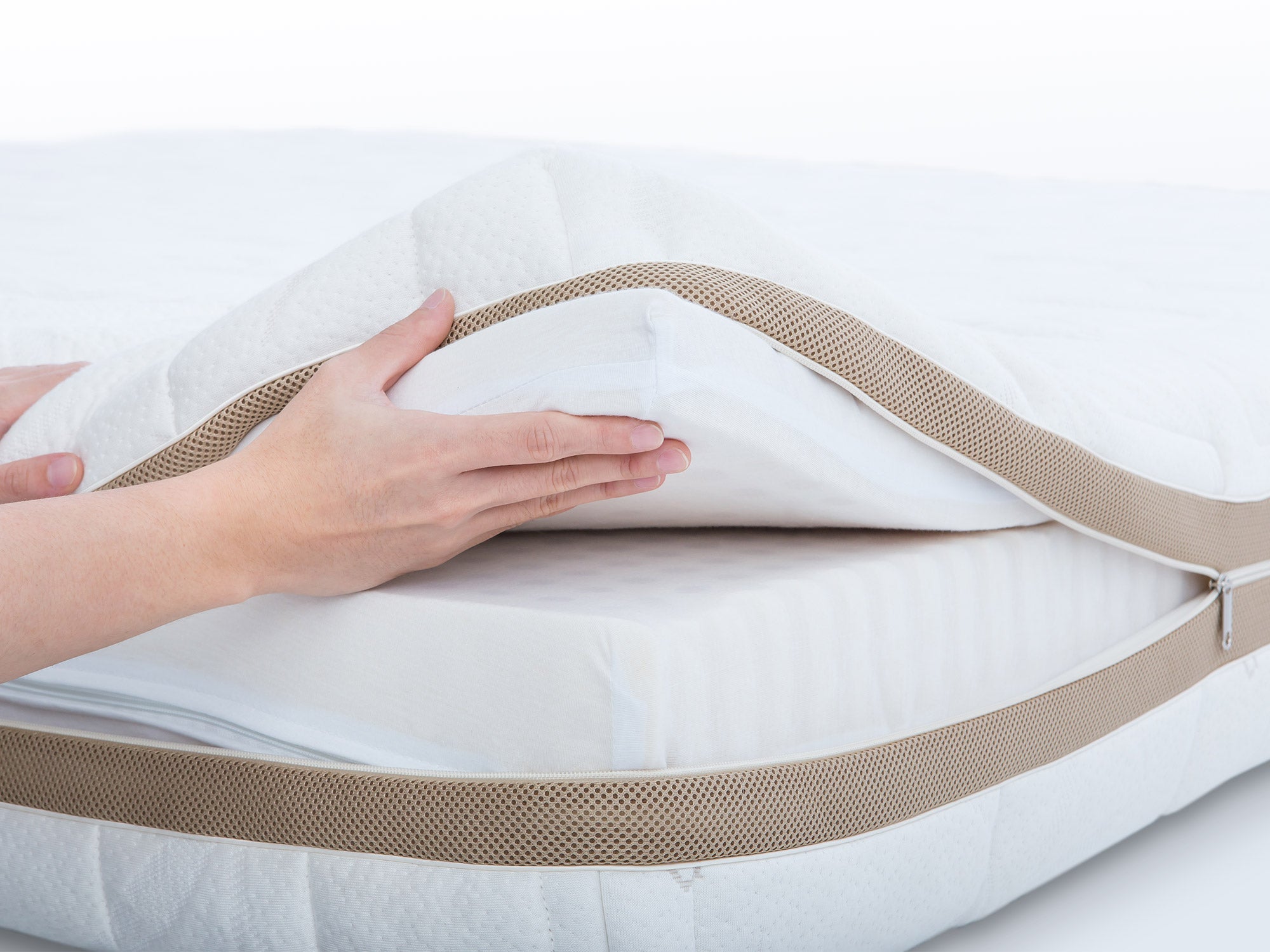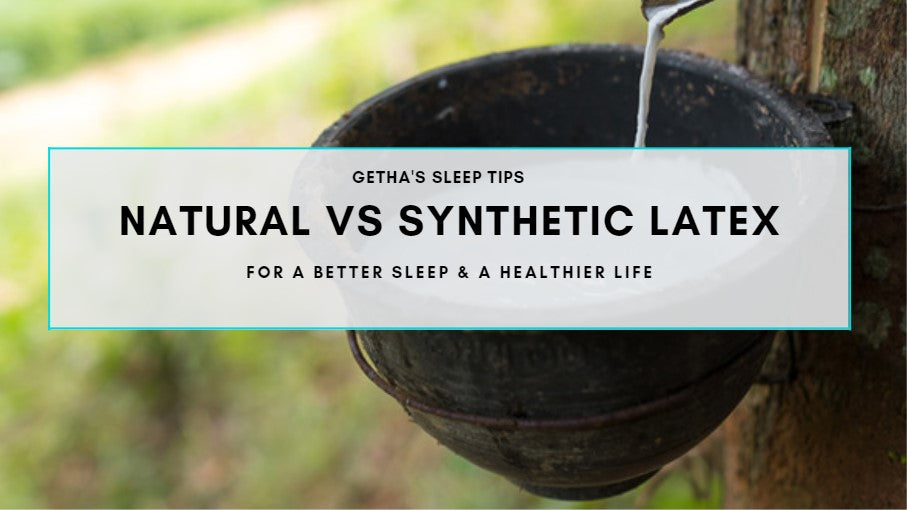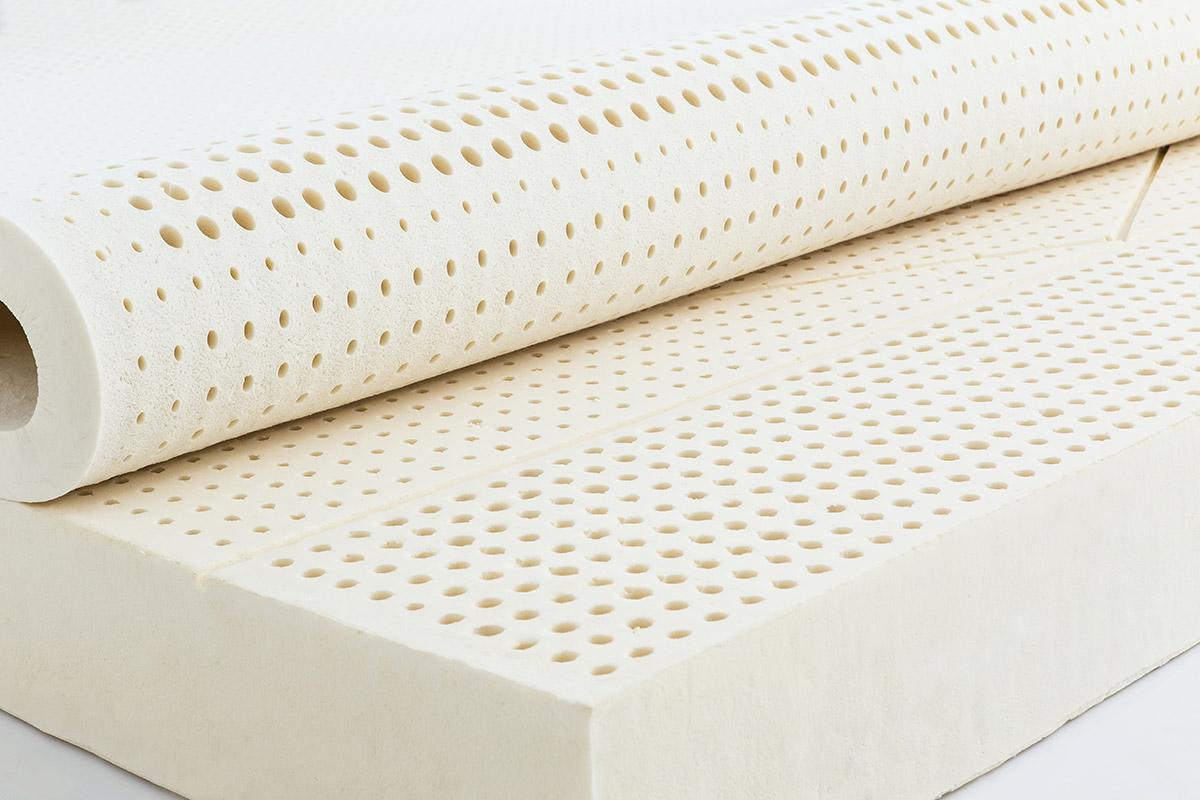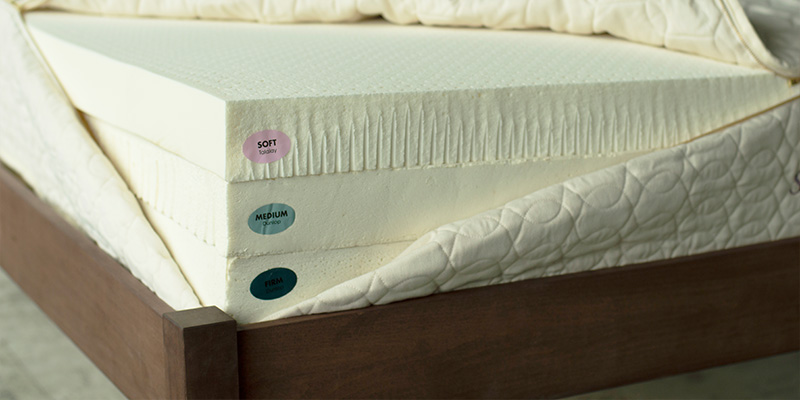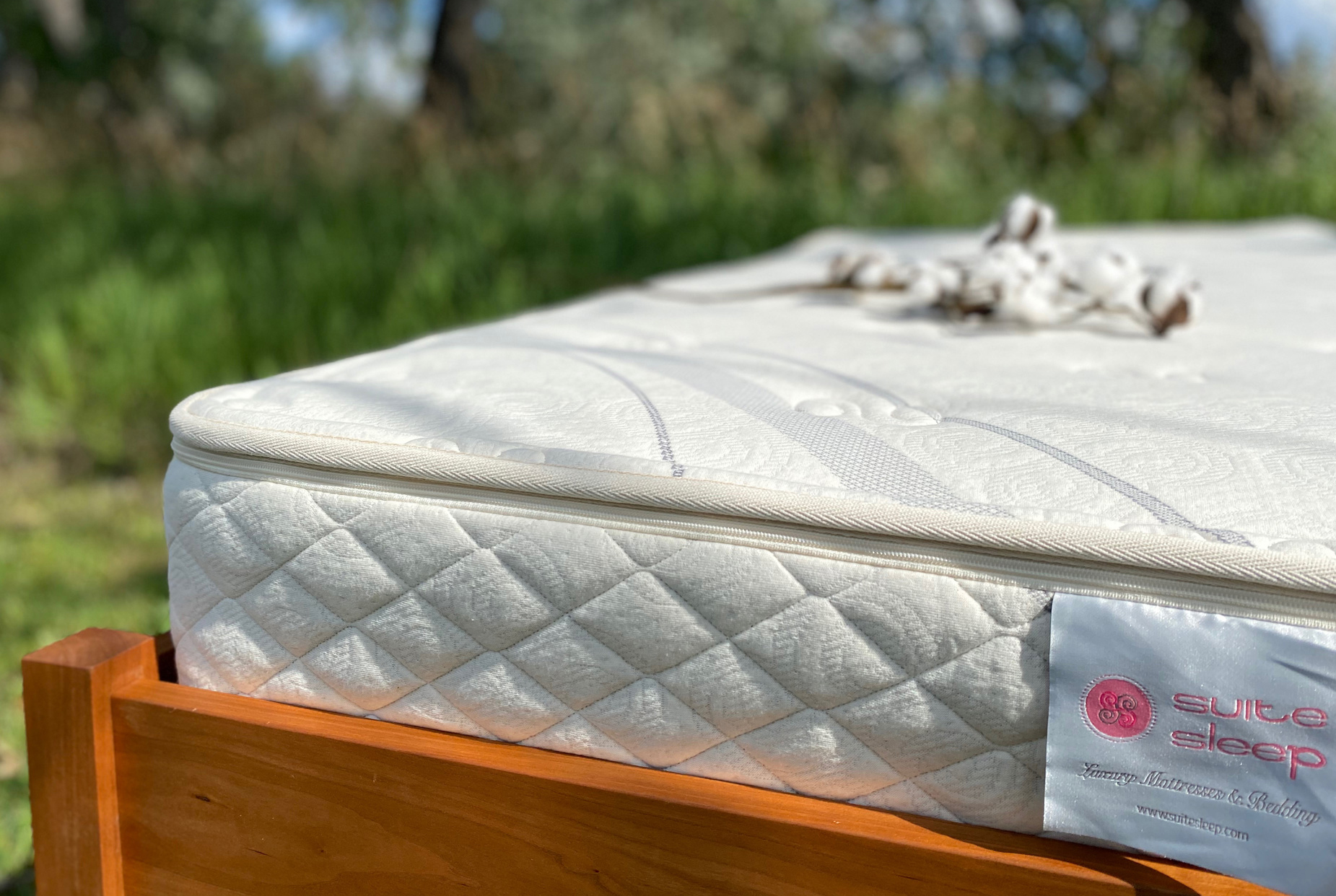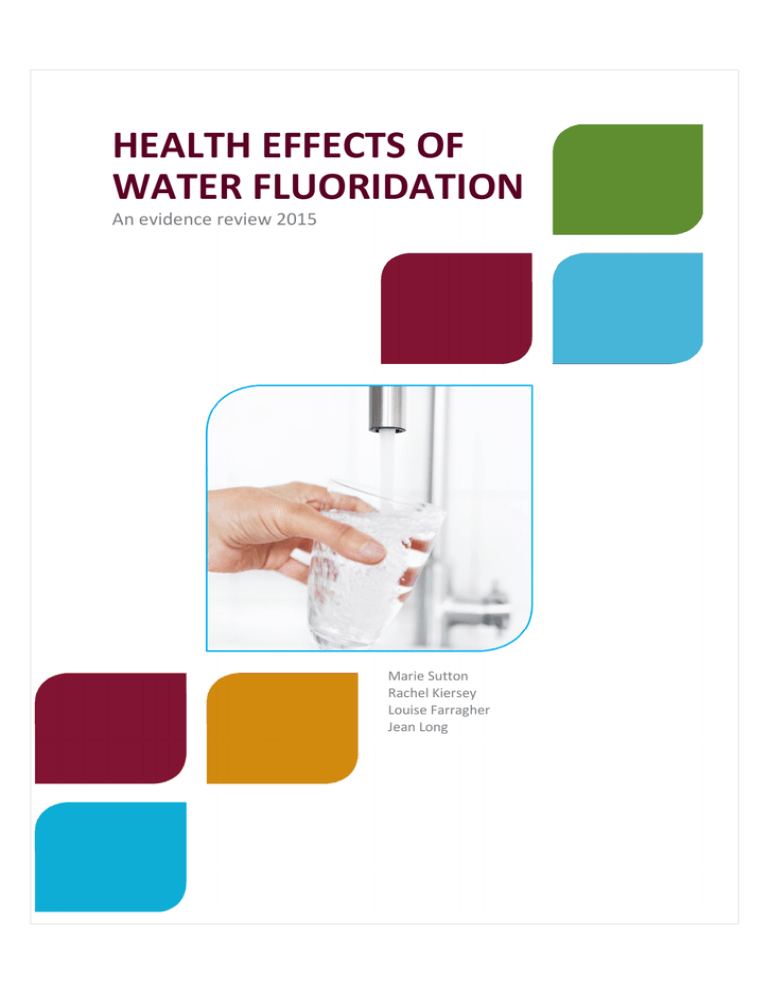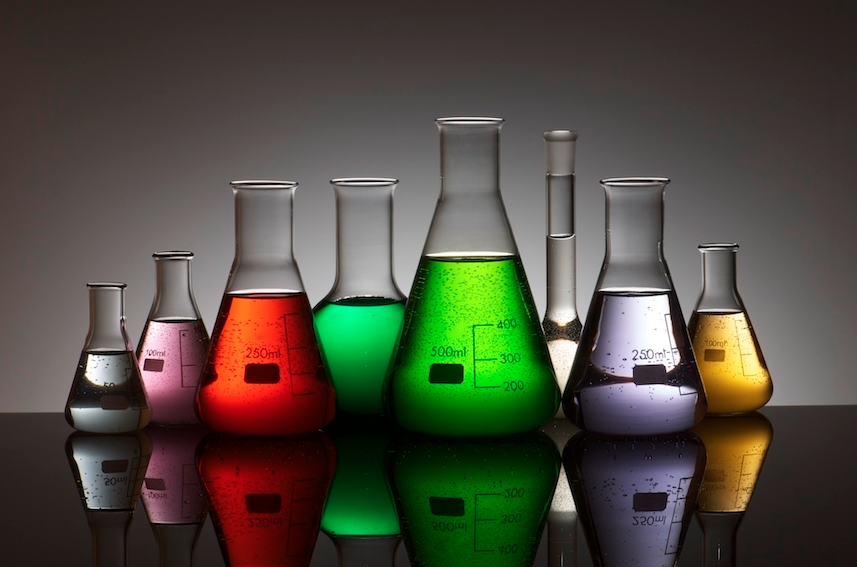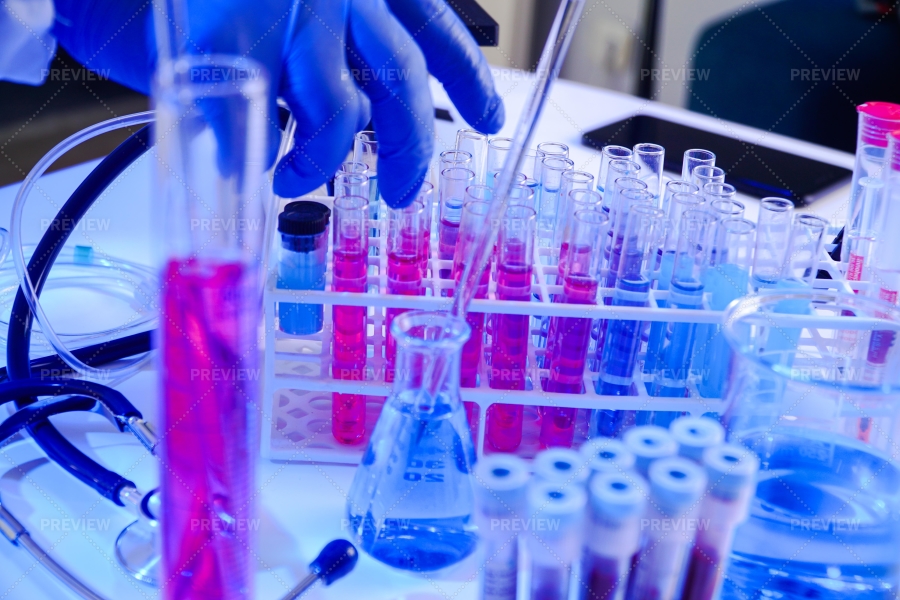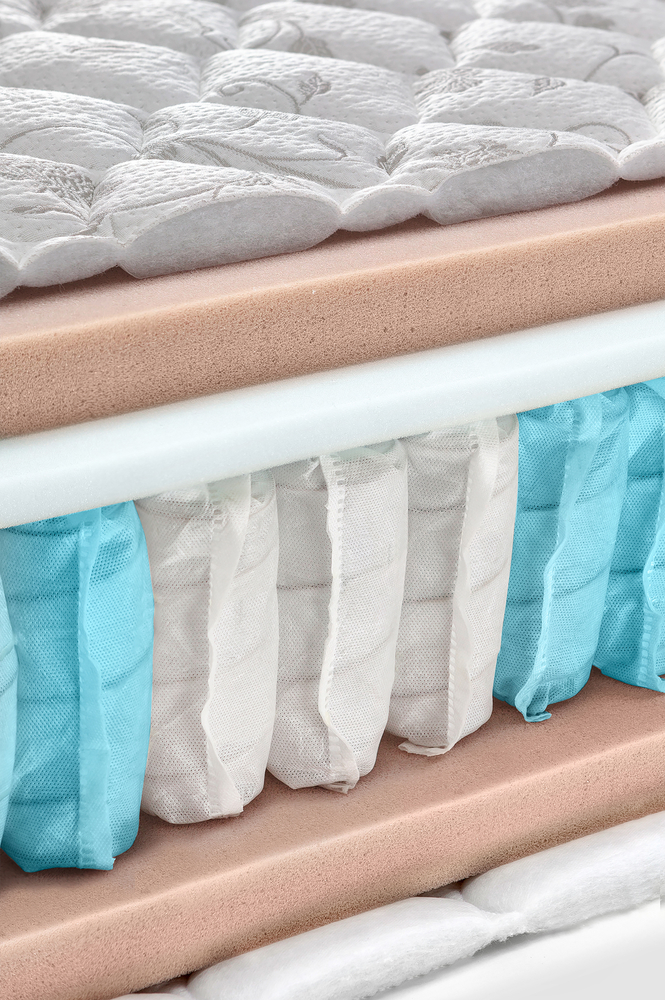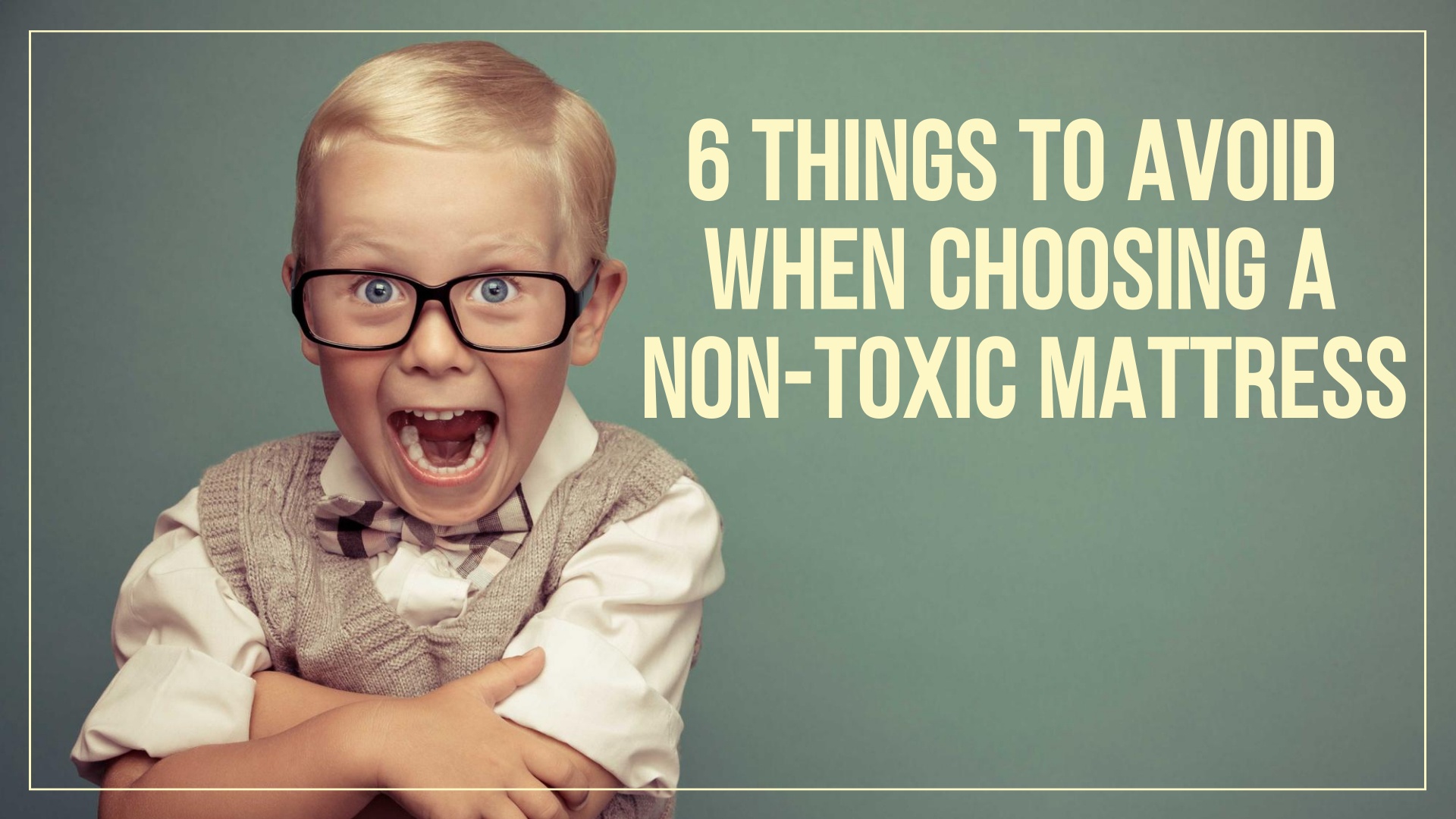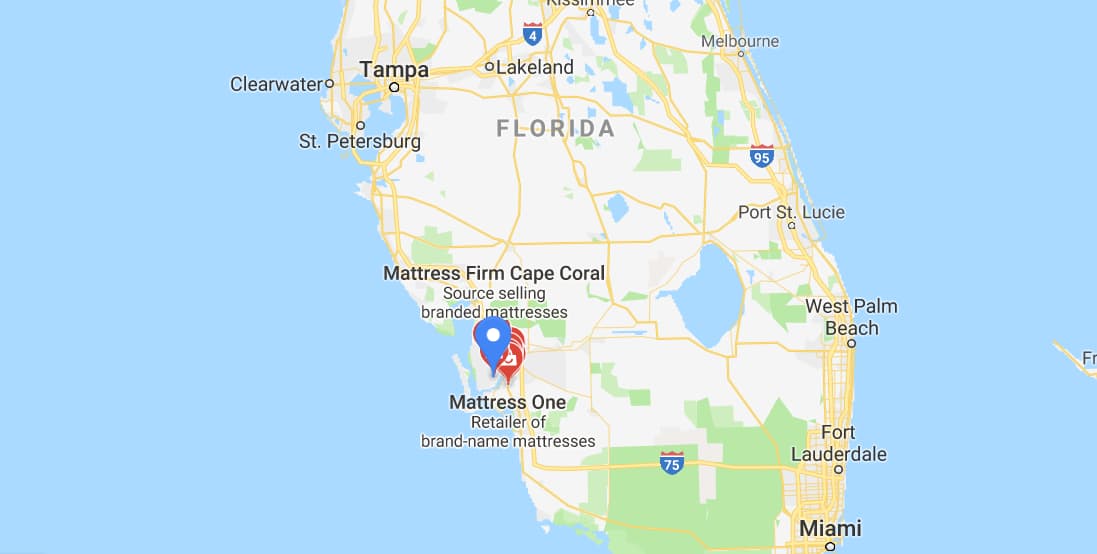When it comes to choosing a mattress, most people consider factors such as comfort, support, and durability. However, one important factor that often gets overlooked is the potential toxicity of the materials used in the mattress. Latex mattresses have gained popularity in recent years due to their natural materials and eco-friendly reputation. But are they really as safe and non-toxic as they claim to be? Latex mattresses are made from the sap of rubber trees and are known for their bounciness and support. However, in order to turn the sap into a solid foam, it needs to undergo a process called vulcanization which involves the use of chemicals. This is where the potential for toxicity comes into play. While latex mattresses may be marketed as natural and non-toxic, the reality is that they may still contain harmful chemicals that can be released into the air and absorbed by your body while you sleep. It's important to educate yourself on the potential toxicity of latex mattresses and how to choose a safer option for your health.1. Latex Mattresses and Toxicity: What You Need to Know
One common misconception about latex mattresses is that they are 100% natural and free from chemicals. While it's true that they are made from natural materials, the process of turning them into a foam mattress often involves the use of chemicals. These chemicals can include synthetic latex, adhesives, and flame-retardants. One of the main concerns with latex mattresses is the use of chemical flame-retardants. These are added to meet flammability standards, but they can release harmful toxins into the air and can also be absorbed by your body. Some of these chemicals have been linked to health issues such as hormone disruption, respiratory problems, and even cancer. It's important to note that not all latex mattresses contain these chemicals. However, it can be difficult for consumers to know what exactly is in their mattress as manufacturers are not required to disclose this information. This is why it's important to do your research and choose a trusted and transparent brand when shopping for a latex mattress.2. The Truth About Latex Mattresses and Chemicals
The safety of latex mattresses is a topic of debate among experts. While natural latex is generally considered safe, the potential for chemicals and toxins to be present in the mattress can raise concerns. This is especially true for those who are sensitive or have allergies to certain chemicals. Additionally, the long-term effects of sleeping on a latex mattress with chemicals are still unknown. It's important to consider not only the immediate effects but also the potential long-term effects on your health and well-being. If you are considering a latex mattress, it's important to do your research and choose a brand that is transparent about their materials and production processes. Look for certifications such as GOLS (Global Organic Latex Standard) and GOTS (Global Organic Textile Standard) which ensure that the materials used are organic and free from harmful chemicals.3. Are Latex Mattresses Safe for Your Health?
As mentioned earlier, the process of turning natural latex into a foam mattress can involve the use of chemicals. These chemicals can include synthetic latex, adhesives, and flame-retardants. Synthetic latex is made from petrochemicals and can release volatile organic compounds (VOCs) into the air, which can cause respiratory issues and irritation. Adhesives are used to hold the layers of the mattress together, but they can also contain harmful chemicals such as formaldehyde. This can off-gas into the air and be inhaled while you sleep. Flame-retardants, as mentioned before, can also contain harmful toxins that can be released into the air. While the amount of chemicals present in a latex mattress may be small, the cumulative effect of continuous exposure over time can still pose a potential health risk. This is especially concerning for those who already have compromised health or are sensitive to chemicals.4. Understanding the Potential Toxicity of Latex Mattresses
With the potential for harmful chemicals to be present in latex mattresses, it's important to know how to choose a safer and more non-toxic option. Here are some tips: 1. Look for certifications: As mentioned before, certifications such as GOLS and GOTS ensure that the materials used are organic and free from harmful chemicals. 2. Check the materials used: Opt for mattresses that use 100% natural latex instead of synthetic latex. Look for adhesives that are water-based and free from formaldehyde. 3. Avoid chemical flame-retardants: Look for mattresses that use natural flame-retardants such as wool or cotton instead of chemical ones. 4. Read reviews and do your research: Look for reviews and testimonials from other customers to get a better understanding of the materials and production processes used by a particular brand. By taking these steps, you can ensure that you are choosing a non-toxic latex mattress for your home and your health.5. How to Choose a Non-Toxic Latex Mattress
Chemical flame-retardants have been a hot topic in the mattress industry for years. While they are intended to keep us safe in case of a fire, the potential harm they can cause to our health is alarming. In addition to latex mattresses, these chemicals can also be found in other types of mattresses such as memory foam and spring mattresses. They have been linked to health issues such as infertility, developmental delays, and even cancer. One of the main concerns with chemical flame-retardants in mattresses is that they can off-gas into the air and be absorbed by our bodies while we sleep. This continuous exposure over time can lead to a buildup of toxins in our bodies, which can have serious health consequences.6. The Dangers of Chemical Flame Retardants in Latex Mattresses
As mentioned earlier, there are two types of latex used in mattresses: natural and synthetic. While natural latex is derived from the sap of rubber trees and is considered safe, synthetic latex is made from petrochemicals and can release harmful VOCs into the air. When it comes to safety, natural latex is the clear winner. However, it's important to note that even natural latex mattresses may contain some synthetic materials in the form of adhesives and flame-retardants. This is why it's important to look for certifications and do your research before making a purchase.7. Natural Latex Mattresses vs. Synthetic Latex Mattresses: Which is Safer?
Aside from the potential toxicity of latex mattresses, it's also important to consider their environmental impact. Latex is a natural and renewable resource, and latex mattresses are often marketed as eco-friendly and sustainable. However, the production process of latex mattresses can still have a negative impact on the environment. One of the main concerns is the use of pesticides on rubber trees. These chemicals can have a harmful effect on the environment and the workers who are exposed to them. Additionally, the process of turning the sap into foam also requires the use of energy and resources. However, there are brands that prioritize sustainability and use organic and sustainable materials in their production processes. By choosing these brands, you can ensure that your mattress has a minimal impact on the environment.8. The Environmental Impact of Latex Mattresses
Here are some of the most common chemicals found in latex mattresses and their potential health effects: 1. Formaldehyde: A known carcinogen that is commonly used in adhesives and can cause respiratory issues and irritation. 2. PBDEs: A type of flame-retardant that has been linked to hormone disruption and developmental delays. 3. TDI: A chemical used in the production of synthetic latex that can cause respiratory issues and skin irritation. 4. VOCs: These are chemicals that are released into the air and can cause respiratory issues and headaches. While the amount of these chemicals present in a latex mattress may be small, the cumulative effect of continuous exposure can still pose a potential health risk.9. Common Chemicals Found in Latex Mattresses and Their Potential Health Effects
Here are some tips to help you find a non-toxic latex mattress for your home: 1. Look for certifications: As mentioned before, look for certifications such as GOLS and GOTS to ensure that the materials used are organic and free from harmful chemicals. 2. Read reviews and do your research: Look for reviews and testimonials from other customers to get a better understanding of the materials and production processes used by a particular brand. 3. Check the materials used: Opt for mattresses that use 100% natural latex instead of synthetic latex. Look for adhesives that are water-based and free from formaldehyde. 4. Avoid chemical flame-retardants: Look for mattresses that use natural flame-retardants such as wool or cotton instead of chemical ones. By following these tips, you can ensure that you are making a safe and informed decision when it comes to choosing a non-toxic latex mattress for your home.10. Tips for Finding a Non-Toxic Latex Mattress for Your Home
Are Latex Mattresses Toxic?

The Truth About Latex Mattresses
 Latex mattresses have become increasingly popular in recent years due to their durability, comfort, and eco-friendly reputation. However, with the rise in demand for natural and organic products, many people are questioning whether latex mattresses are truly non-toxic and safe for their health. So, are latex mattresses toxic? Let's take a closer look at the truth behind these popular bedding options.
What is Latex?
Latex is a natural material derived from the sap of the rubber tree. It is known for its elasticity, durability, and ability to provide pressure relief for a comfortable night's sleep. There are two types of latex used in mattresses: natural and synthetic. Natural latex is made from 100% natural rubber, while synthetic latex is a man-made material using various chemicals.
The Concerns
The concern surrounding latex mattresses stems from the fact that some synthetic latex may contain potentially harmful chemicals such as formaldehyde, benzene, and toluene. These chemicals can off-gas, which means they release fumes into the air that we breathe. Prolonged exposure to these chemicals can lead to respiratory issues, headaches, and even organ damage.
Are Latex Mattresses Toxic?
The answer to this question depends on the type of latex used in the mattress. Natural latex mattresses are considered non-toxic and safe for health as they are made from natural materials without the use of harmful chemicals. However, synthetic latex mattresses may contain toxic chemicals that can be harmful to our health. Therefore, it is important to carefully read the label and choose a latex mattress that is certified as 100% natural.
The Benefits of Natural Latex Mattresses
Aside from being non-toxic, natural latex mattresses offer many other benefits. They are hypoallergenic, resistant to dust mites, and mold, making them an ideal choice for those with allergies. They also have a longer lifespan compared to other types of mattresses, making them a more sustainable and eco-friendly option.
Final Thoughts
In conclusion, not all latex mattresses are toxic. Natural latex mattresses are considered safe and non-toxic, while synthetic latex mattresses may contain harmful chemicals. When choosing a latex mattress, it is important to opt for a 100% natural and certified option to ensure the health and well-being of yourself and your family.
So, are latex mattresses toxic? The answer is no, as long as you choose a natural and certified option. With its numerous benefits and eco-friendly reputation, it's no wonder why latex mattresses are becoming the top choice for many consumers.
Latex mattresses have become increasingly popular in recent years due to their durability, comfort, and eco-friendly reputation. However, with the rise in demand for natural and organic products, many people are questioning whether latex mattresses are truly non-toxic and safe for their health. So, are latex mattresses toxic? Let's take a closer look at the truth behind these popular bedding options.
What is Latex?
Latex is a natural material derived from the sap of the rubber tree. It is known for its elasticity, durability, and ability to provide pressure relief for a comfortable night's sleep. There are two types of latex used in mattresses: natural and synthetic. Natural latex is made from 100% natural rubber, while synthetic latex is a man-made material using various chemicals.
The Concerns
The concern surrounding latex mattresses stems from the fact that some synthetic latex may contain potentially harmful chemicals such as formaldehyde, benzene, and toluene. These chemicals can off-gas, which means they release fumes into the air that we breathe. Prolonged exposure to these chemicals can lead to respiratory issues, headaches, and even organ damage.
Are Latex Mattresses Toxic?
The answer to this question depends on the type of latex used in the mattress. Natural latex mattresses are considered non-toxic and safe for health as they are made from natural materials without the use of harmful chemicals. However, synthetic latex mattresses may contain toxic chemicals that can be harmful to our health. Therefore, it is important to carefully read the label and choose a latex mattress that is certified as 100% natural.
The Benefits of Natural Latex Mattresses
Aside from being non-toxic, natural latex mattresses offer many other benefits. They are hypoallergenic, resistant to dust mites, and mold, making them an ideal choice for those with allergies. They also have a longer lifespan compared to other types of mattresses, making them a more sustainable and eco-friendly option.
Final Thoughts
In conclusion, not all latex mattresses are toxic. Natural latex mattresses are considered safe and non-toxic, while synthetic latex mattresses may contain harmful chemicals. When choosing a latex mattress, it is important to opt for a 100% natural and certified option to ensure the health and well-being of yourself and your family.
So, are latex mattresses toxic? The answer is no, as long as you choose a natural and certified option. With its numerous benefits and eco-friendly reputation, it's no wonder why latex mattresses are becoming the top choice for many consumers.



















